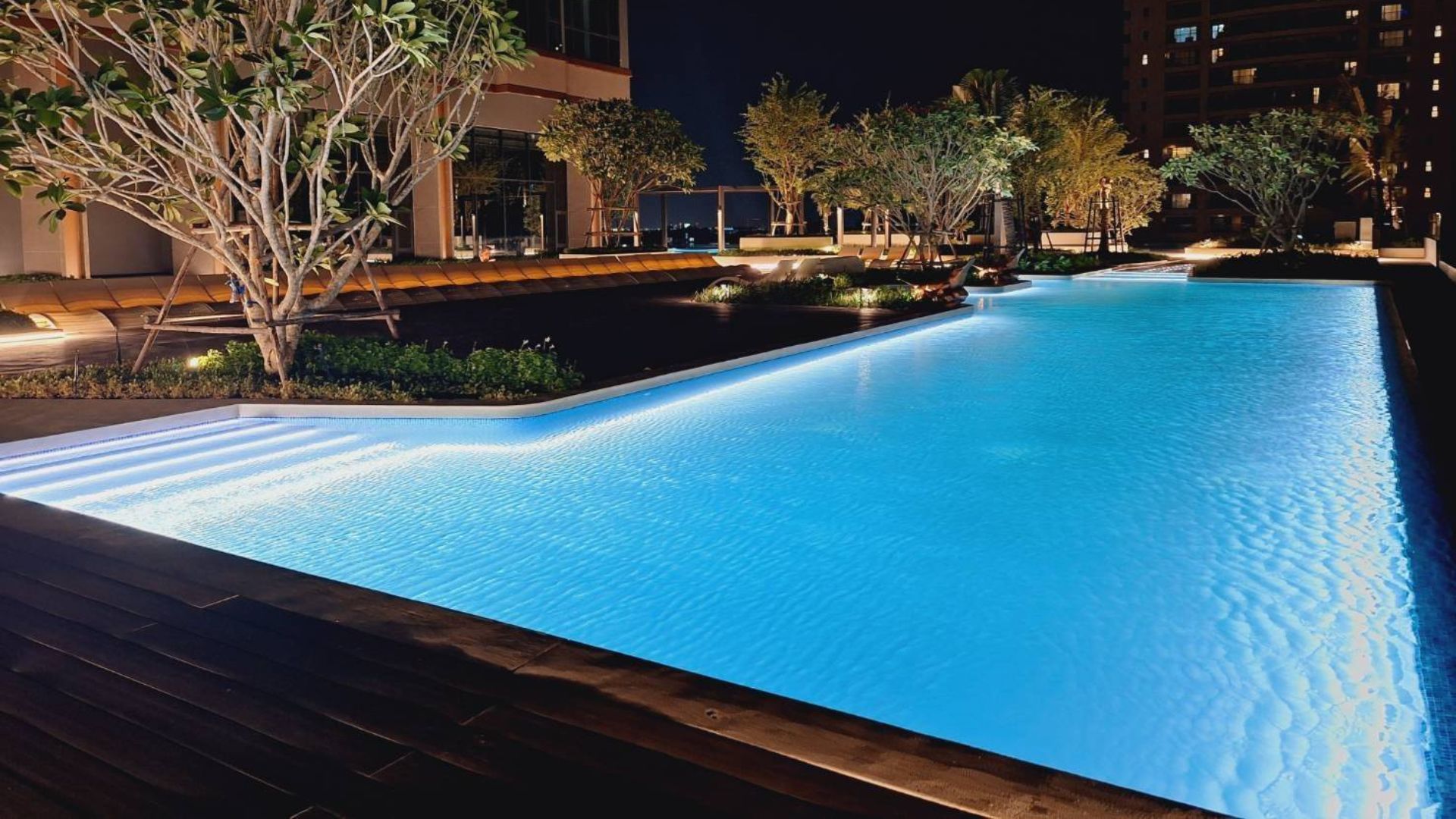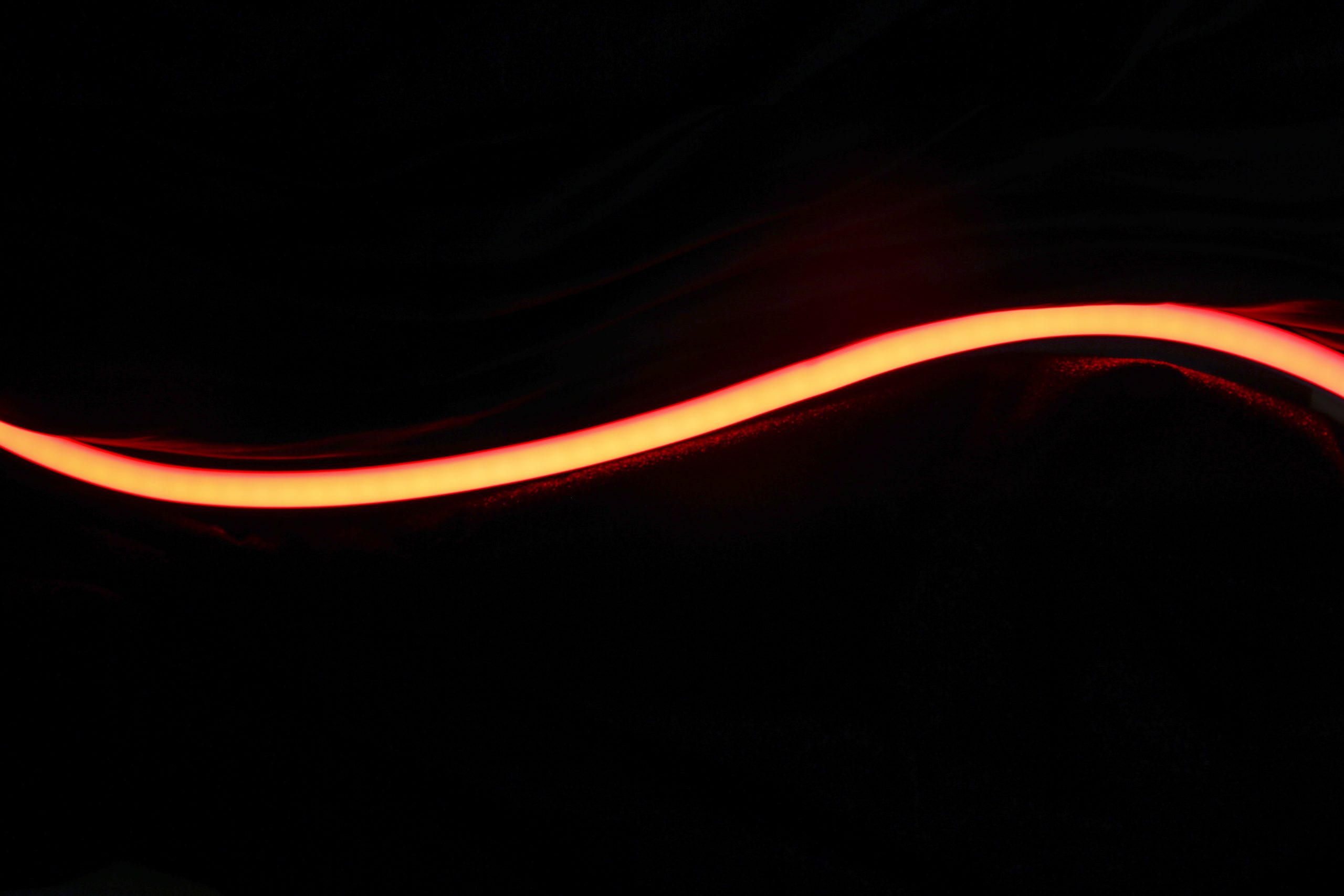Last Updated on 2 years ago by meredith.wang
Hazardous area lighting can severely impact any industrial working area. Hazardous locations are highly industrialized areas with harsh and hazardous environments where a mixture of a dangerous substance or substances (gas, mist, dust or vapor) with the air constitute an explosive atmosphere, which might catch fire or explode. For any explosion to happen, you need three things: fuel, oxygen, and ignition source. Sparks can set off a buildup of flammable gasses and materials, which explains the need of having explosion proof lighting fixtures. We are putting together this guide to walk you through different types of hazardous location lighting and the relevant explosion proof certification in different parts of the world.
What is explosion proof lighting?
Hazardous location lighting is an application where light fixtures are designed with the minimal risk of explosions caused by any sparks within its housing or any other accidental events. These kinds of intrinsically safe led lights are built to be explosion-proof and ensure the safety and well beings of both workers and businesses. According to Occupational Safety and Health Administration (OSHA), hazardous locations refer to areas “where fire or explosion hazards may exist due to flammable gases or vapors, flammable liquids, combustible dust, or ignitable fibers or flyings.”
What are typical explosion proof led lights like?
Hazardous location lighting fixtures are often built with sturdy and heavy materials to withstand harsh working environments. The high durability of blast proof lights helps to reduce maintenance and furbishing costs for businesses. There are lots of explosion proof lights on the market including linear wall/ceiling fixtures, flood lights, dock lights, high bay lights, wall packs and shop lights.

Where are explosion proof lighting fixtures used?
When people think of hazardous locations, the first thing that comes into their mind, is probably oil and gas refineries, drilling rigs, and coal mines. But little is known about the fact that fabrication workshops, laboratories, food and beverage facilities and warehouses, among other places where flammable vapors, gases, ignitable dusts, fibers or flying debris are present also considered hazardous areas.

What is the difference between IECEx and ATEX?
ATEX and IECEx may look similar, but there are some striking differences between these two certifications that you should note. To protect the wellbeing and safety of your workers, you should be aware of the different requirements that each certification entails. Even though ATEX and IECEx are common terms in the industry, many remain confused on what they really stand for and where they apply to.
What is IECEx certification?
The IECEx stands for the International Electrotechnical Commission System for Certification to Standards Relating for Use in Explosive Atmospheres where the ‘Ex’ at the end stands for ‘explosive environments’. IECEx certification is divided into four categories: IECEx Equipment, IECEx Conformity Mark License, IECEx Services, and IECEx Certified Persons. These four schemes are designed to verify that all aspects of the products meet the IECEx standard, from the quality of the Ex equipment to the competence of the persons who will be handling it in hazardous settings.
What is ATEX certification?
From the French ATmosphère EXplosible (Explosive Atmospheres), ATEX refers to the European Union (EU) directives regulating explosion protection. There are two directives: ATEX 95 for manufacturers and ATEX 137 for users of the equipment in potentially explosive atmospheres.
ATEX vs IECEx
The fundamental distinction between ATEX and IECEx is that ATEX certification is only valid in EU nations, but IECEx certification is accepted globally. Also, ATEX is based on law while IECEx on standards. Another difference is that ATEX is a mandatory in the European Union and IECEx a voluntary certification procedure. An IECEx test report can help obtain ATEX certification, but ATEX documentation can’t always do the same for an IECEx certificate. Therefore, acquiring both ATEX and IECEx certificates for your product has become a common requirement.
What is the difference between HazLoc and NEC?
Hazardous Location (HazLoc) certification is based on the commonly used explosion protection standards for North America. Element can facilitate HazLoc certification by providing explosive atmosphere equipment testing, factory inspection, and certification for various international certification schemes.
The National Electrical Code® (NEC) is the most widely adopted Code in the world and is approved by the American National Standards Institute (ANSI). It is the most complete set of electrical Code requirements that govern electrical installations in the interest of safety for persons and property as indicated in the scope of the document.
If you’d like more details about ex zoning and sample markings, you can check out the Guide to Hazardous Area Classification & Markings we put together.

How does CLEAR explosion proof LED flex compliment the existing hazardous area lighting field?
Most explosion proof lights in the market are designed for the toughest environments, so they often are kind of bulky and come with a rigid pattern. The bulkiness doesn’t seem like a problem for spacious warehouses or factories where explosion proof lights are high up in the ceiling, but they are probably not the best choice for tight spaces because the heftiness could take up too much space and makes it hard to install. Another issue is that these lights often deliver high lumen output, which could cause glare in compact rooms and affect workers’ health. The third consideration is about the increased budget. Imagine if you plan to light up an inspection pit, you have to purchase dozens of bulky linear explosion proof lights, or else you won’t have enough illumination to flank the long pit. And that puts pressure on the lighting planners.
This is when CLEAR SafeGloTM Explosion Proof LED Flex Light come in handy. As the world’s first IECEx and ATEX certified flexible explosion proof led lights, CLEAR Ex LED lights are built to provide functional lighting for compact spaces and additional lighting such as contour lighting in hazardous areas. With flexibility designed in mind, these intrinsically safe led lights can adapt to various installation environments and help you save time and costs with the following features:
- Available in RGB color options to plan your work zones
- Continuous illumination with custom run lengths from 5 to 30 meters
- Custom power supply for specific projects
- Mount on any curved or uneven surfaces and corners
- Zero maintenance with ultimate efficiency, longevity and reliability
Other than typical mining areas, a chemical or petrochemical plant is a great example of Zone 1 or Zone 2 hazardous area lighting where there is a heightened risk for explosion. Furthermore, common hazardous dust environments like the food industry, a typical industry for zone 21 or zone 22 lighting area where a flour mill and other power-like products like instant coffee and sugar, make up for an explosive atmosphere. More specifically, CLEAR industrial explosion proof led strip lights fall into two series: ma series and mb series. For more details about applicable environments, you can sign up here to get the brochure.

Note: XGlo is CLEAR’s global exclusive partner for the mining industry.


